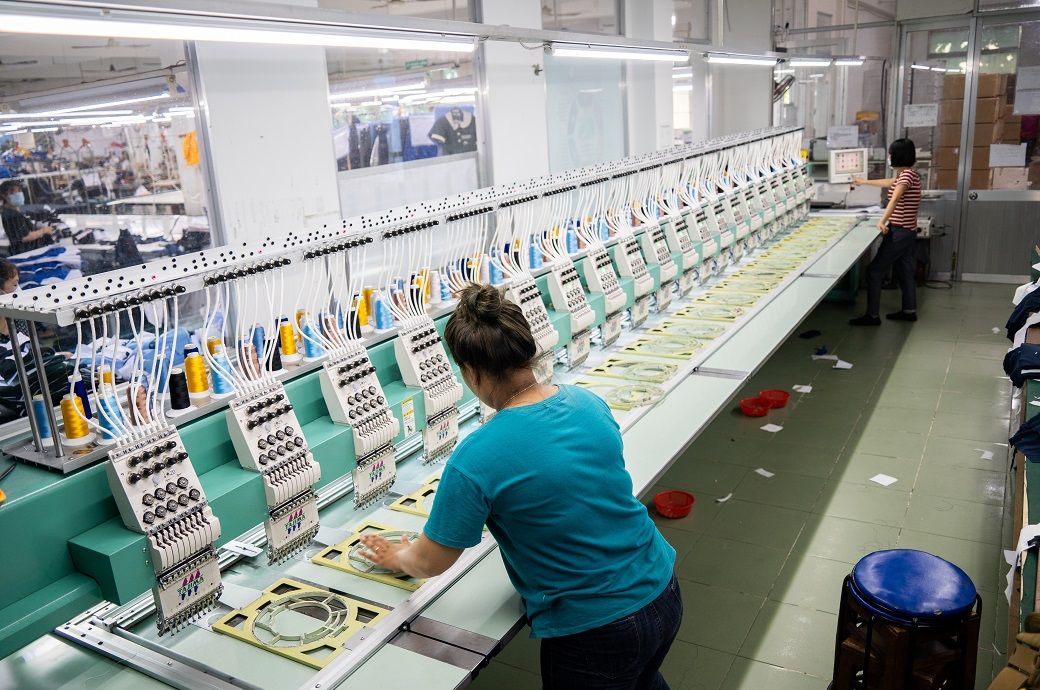
Output was scaled back in response to subdued market demand, declining new export orders and a preference among companies for reduced inventory holdings (itself a by-product of efforts to control costs and improve cash flow and working capital). Business optimism strengthened to a 13-month high, with almost 60 per cent of manufacturers forecasting output to rise over the coming year, according to the S&P Global/CIPS UK Manufacturing PMI report.
The downturn in output was driven by declines in both the consumer and intermediate goods sectors. In contrast, investment goods production rose for the second month in a row. Output fell at small-sized manufacturers, whereas growth was seen at medium- and large-scale producers.
Market conditions remained tough in March, highlighted by the continued subdued trend in new order intakes. New business rose only fractionally (albeit the first gain in ten months), as a mild improvement in domestic demand was more than offset by a further solid decline in new export orders. Backlogs of work meanwhile fell further, as companies caught up on unfilled orders during the current period of slack demand.
Foreign demand for UK manufactured goods contracted for the fourteenth month in a row. Where a decline was reported, manufacturers linked this to weaker demand from the US, Europe, and China. Subdued global economic conditions and exchange rate factors were also mentioned. The end of the first quarter provided better news on the supply and price fronts. Average vendor performance improved to the greatest extent in the 31-year survey history, reflecting better input availability, reduced supply-chain disruption, and new capacity coming on stream at suppliers.
Lower levels of purchasing activity also contributed to the improvement in vendor performance. Input buying volumes declined for the ninth successive month, reflecting reduced output, subdued demand, a preference for holding less stock and cost-control considerations. Inventories of inputs and finished products were both depleted during the latest month.
Input price inflation eased to its lowest rate since June 2020. Although a wide range of materials were reported to still be rising in price, there were also reports of better resource availability, reduced supply chain constraints, and lower costs for certain commodities leading to lower prices in some cases. Output charges rose, albeit at a slower pace, as companies maintained efforts to pass on higher costs.
March saw employment reduced for the sixth month in a row. Staffing levels fell at medium- and large-sized enterprises, in contrast to jobs growth at small-scale producers. Companies reported that redundancies, the non-replacement of leavers, and cost saving strategies all contributed to the latest round of job losses.
ALCHEMPro News Desk (NB)
Receive daily prices and market insights straight to your inbox. Subscribe to AlchemPro Weekly!